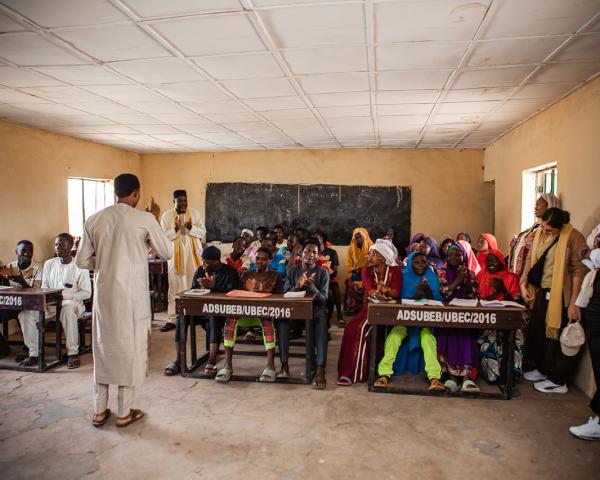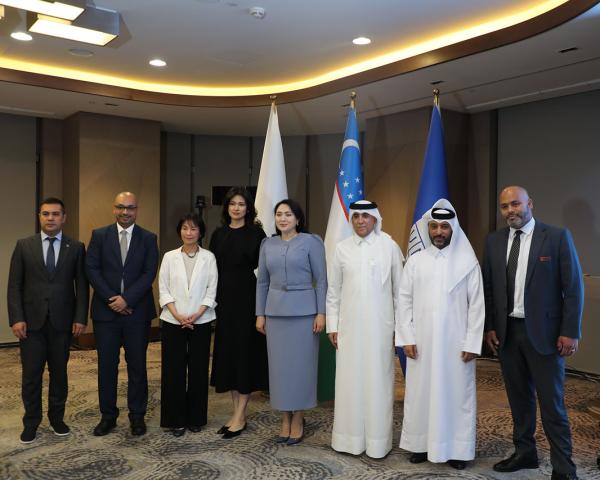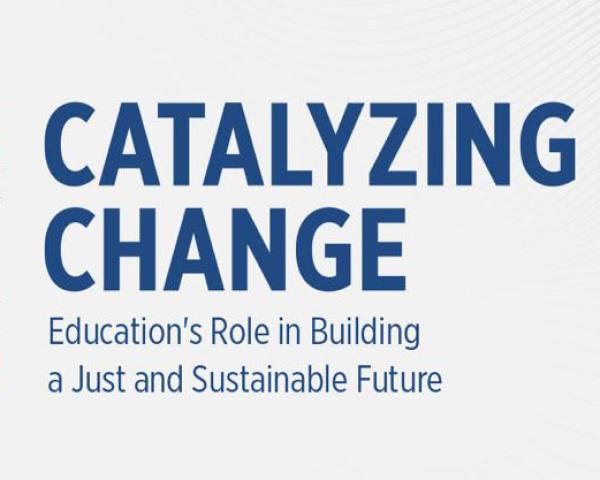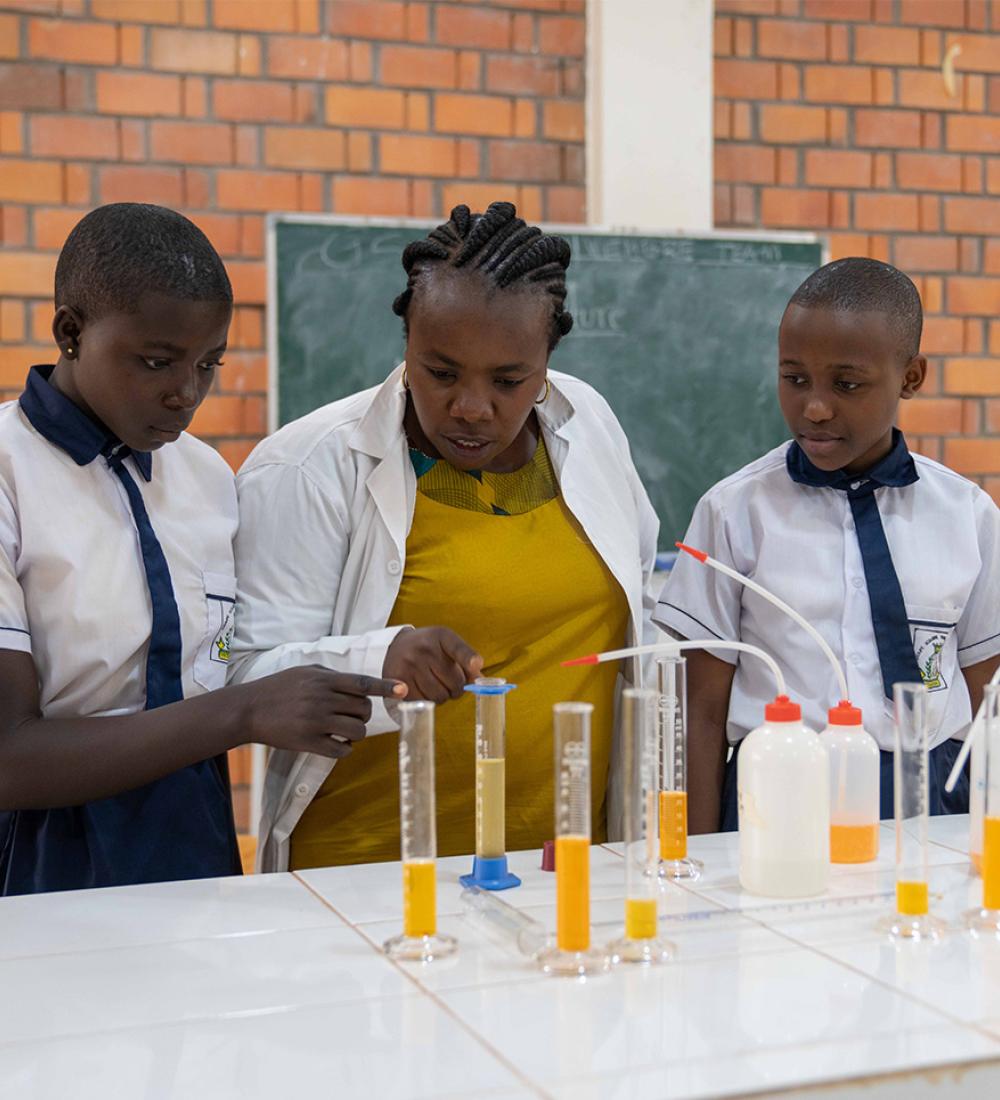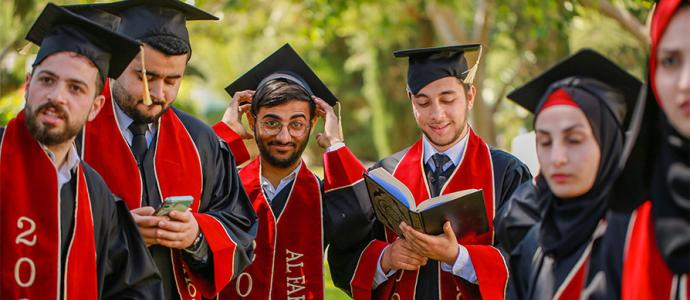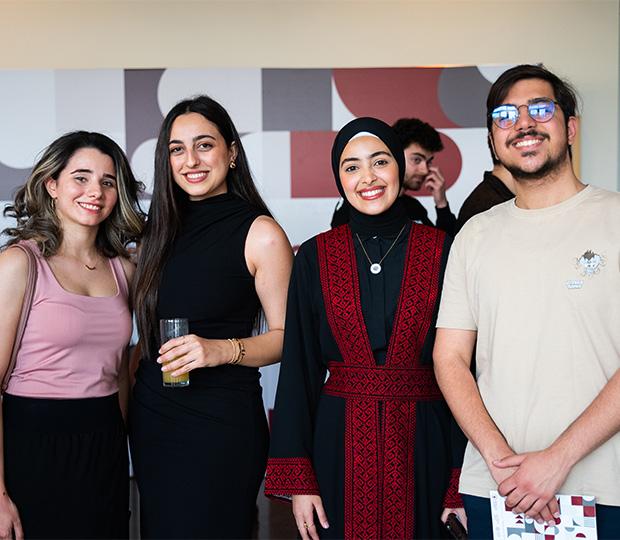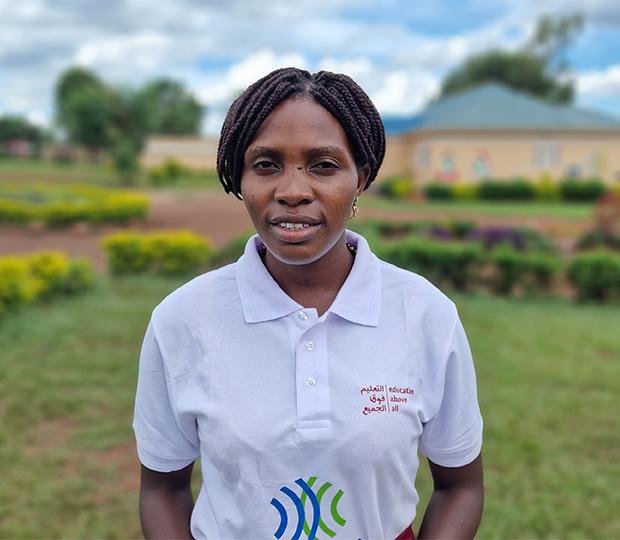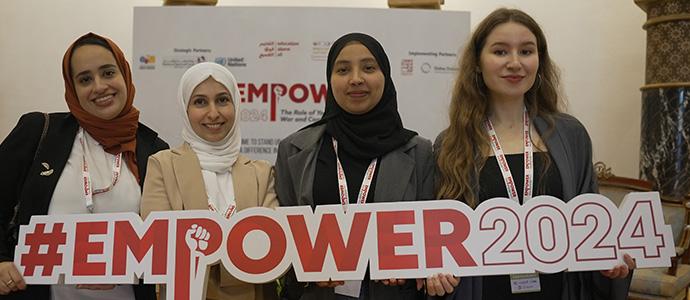Climate change in the Asia-Pacific: Empty classrooms, stalled dreams, a generation falling behind
On the banks of Tonle Sap, Southeast Asia’s largest freshwater lake, children in school uniforms wait patiently for a boat that may never come. Their parents have taken the family’s only means of transport — the rowboat — to fish for their livelihoods. Only when they return, often late in the day, can the children hope to go to school.
Lately, though, that plan has begun to fall apart.
Climate change is transforming Cambodia’s floating villages. Over the past decade, erratic rainfall, prolonged droughts, and rising temperatures have dwindled fish populations. This spells both an economic and educational crisis for a country where 12 per cent of the GDP depends on fish exports.
For many children, the climate crisis begins not in the headlines but in the silence of an empty classroom. With fishing now taking longer and yielding less, children are often left stranded, missing up to 10–12 school days each month. It comes as no surprise that many eventually drop out.
This is the human face of climate change — beyond the parched lands or rising seas, there are empty classrooms, stalled dreams, and a generation falling behind.
Across the Asia-Pacific, home to more than half the world’s youth, climate change is disrupting education at scale, especially for children in poverty, remote areas, or crisis-affected zones — those already least likely to access quality education.
From floods in Bangladesh to typhoons in Vietnam, and heatwaves in India to landslides in the Philippines, extreme weather is upending education. UNICEF’s Children’s Climate Risk Index estimates that over 1 billion children are at “extremely high risk” from the impacts of climate change — education among them.
Yet responses often fall short. Too many focus on short-term recovery rather than addressing deeper issues: Poverty, inequality, and fragile infrastructure.
But around the world, communities are pioneering simple, scalable solutions.
In the Philippines, after Typhoon Haiyan devastated Tacloban in 2013, local authorities rebuilt schools with elevated foundations and typhoon-resistant roofs. These climate-resilient structures allowed students to return to classrooms faster — and in some cases, provided shelter during future storms.
In Cambodia, too, low-tech solutions such as providing dedicated school boats have reduced dropout rates and helped children transition to secondary education, proving that even modest investments can make a difference when rooted in local needs. But adaptation isn’t enough. Education must also become a tool to fight climate change.
In Vietnam, youth climate clubs supported by local and international partners are teaching nearly 20,000 students about renewable energy, climate science, and green entrepreneurship. These are not abstract lessons — they are practical tools to help youth lead sustainable initiatives in their own communities.
Across Indonesia, a national green schools programme has been rolled out, integrating environmental education with hands-on activities such as composting, urban gardening, and waste management. Early data shows students not only retain this knowledge but also influence household behaviour, making schools catalysts for broader change. Between January 2022 and June 2024, climate-related disasters closed schools in 81 countries, affecting over 400 million students. In 2024 alone, extreme weather disrupted the education of at least 242 million children.
But education is not only a casualty — it’s a crucial part of the solution. Educated communities are more resilient, better prepared to adapt, and more likely to advocate for sustainable policies.
Schools, therefore, must be reimagined as hubs of learning and resilience. That means integrating climate action into every curriculum and transforming school infrastructure — elevated buildings, green roofs, rainwater harvesting, and renewable energy systems.
Young people need more than awareness. They need agency. When children and youth understand how climate change affects their communities — and are empowered to act — they begin to see themselves not as victims, but as leaders.
Asia-Pacific, with its vast youth population and acute climate risk, has a chance to lead. But it will require collective effort: Regional policy coordination, investments in climate-smart education, and platforms that elevate the voices of rural youth, indigenous groups, and girls — too often excluded from the conversation.
The cost of inaction is staggering. Without meaningful intervention, climate change could keep an additional 12.5 million girls out of school each year. But we also know what works.
A schoolboat. A typhoon-proof classroom. A youth-led campaign for solar energy.
This month, as we celebrate Earth Day, let’s affirm the right of every child not just to survive climate change — but to learn, adapt, and lead through it. Because education and climate action are not two separate challenges. They are one and the same.
Disclaimer: The author first published this blog in April 2025 on the The Indian EXPRESS website. Click here to read the original post.
Derek Langford
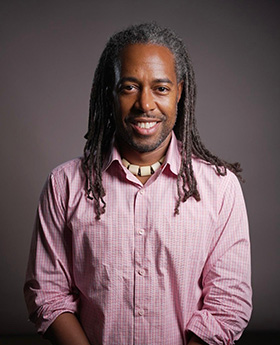 Derek J. Langford joined the Education Above All Foundation (EAA) in 2016 and works as the Senior Engagement Specialist for the Educate A Child programme. Before EAA, he worked in youth development, teacher training, conflict resolution and project management in Africa, Asia, and the United States. Mr. Langford is originally from Rochester, NY and holds a Master’s Degree in International Politics from American University. He is an avid book reader, enjoys learning new languages and spending time with his wife and children.
Derek J. Langford joined the Education Above All Foundation (EAA) in 2016 and works as the Senior Engagement Specialist for the Educate A Child programme. Before EAA, he worked in youth development, teacher training, conflict resolution and project management in Africa, Asia, and the United States. Mr. Langford is originally from Rochester, NY and holds a Master’s Degree in International Politics from American University. He is an avid book reader, enjoys learning new languages and spending time with his wife and children.
George Tavola
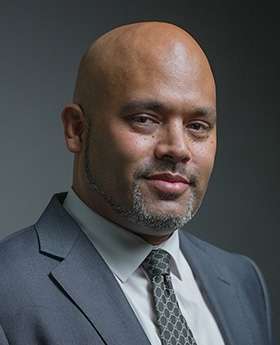 George Tavola has worked in over 20 countries in the Middle East, North Africa, Asia and the South Pacific, and is passionate about supporting marginalised and climate-affected youth around the world to develop the green skills and knowledge required to take action to address the issue of climate change in their communities.
George Tavola has worked in over 20 countries in the Middle East, North Africa, Asia and the South Pacific, and is passionate about supporting marginalised and climate-affected youth around the world to develop the green skills and knowledge required to take action to address the issue of climate change in their communities.






